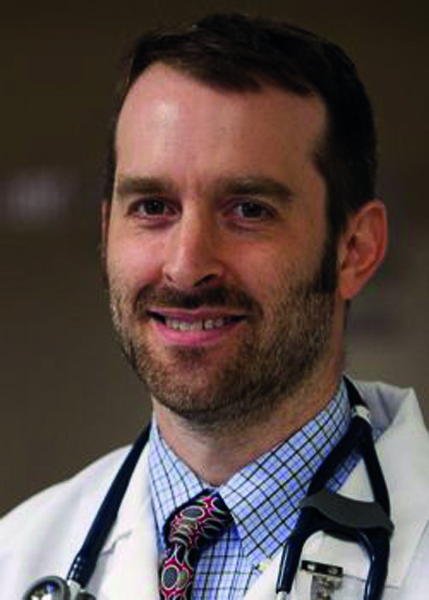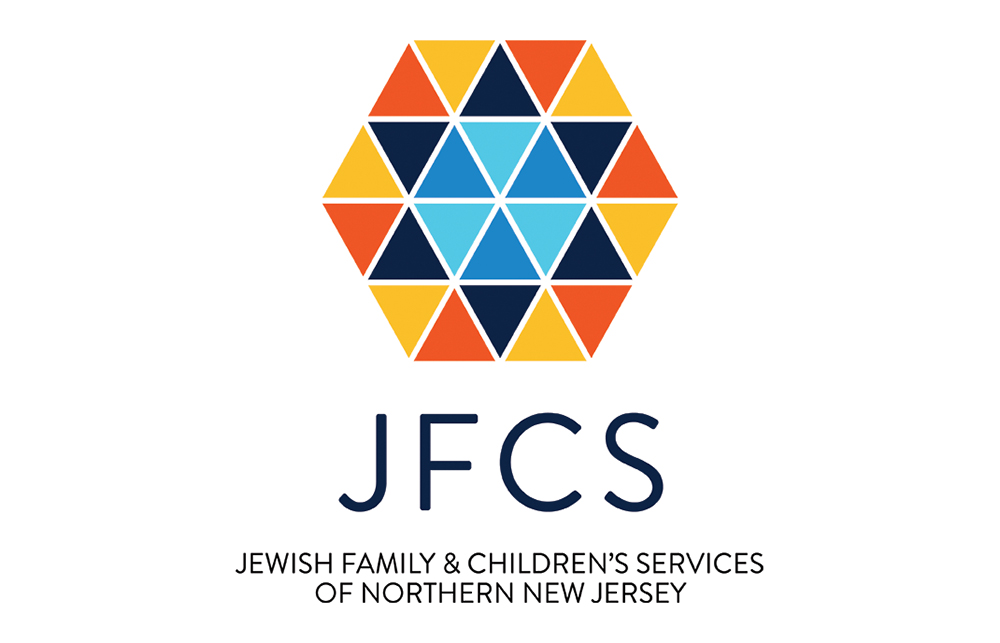
“I believe with perfect faith that there will be a revival of the dead…” – Principles of Faith, Rambam
Irrational. Unreal. A stretch. Let’s face it. Revival of the dead and subsequent immortality is likely one of the most difficult principles to fully embrace in the Jewish faith—since it proposes a physical reality that is nearly impossible to prove. On the one hand, where spiritual principles are often not as hard to stretch our grasp toward doubtless ethereal conviction, belief in untenable physical realities seems to beg hard evidence. Yet, as the Rambam posits, denial of this corporeal renewal principle constitutes denial of the Torah itself. It is still a complex bolus to swallow, however, even amongst the rank and file. Let’s face it—it is not talked about too much, by any Jew. Certainly, many of our holy secular counterparts have declared that idea dead on arrival, sounding to them ringing evangelical.
Fortunately, as science advances, the Truth of Torah is majestically revealed over and over. Surely, Jews do not need scientific proofs to create faith—but, like the rest of the world, Jews of all walks seem to require scientific proofs to formulate knowledge. And, indeed, knowledge of Hashem and His Torah is what the Torah requires of us (v’yadata ki Hashem Elokechah Hu HaElokim—Dvarim 8:9); in turn, knowledge bolsters and underpins a strong subsequent faith. Rabbi Zamir Cohen of Beitar Ilit famously demonstrates the difference between knowledge and belief: “When someone asks you if Reuven is now in the closed room, where you saw him enter a minute ago, your response is not ‘I believe he is,’ rather, ‘I know he is.’ Knowledge is fact. God exists. His Torah is true. It is not a nebulous belief.
And knowing that Hashem exists and is intimately involved in every scientific detail is oftentimes achieved only by delving into the complexities of His creation, as the Rambam also reminds us. Firm scientific knowledge can actually bring the Jew closer to Torah, which we know is the imperative of the Creator of every blade of grass, molecule, atom and Hebrew letter. Scientific exploration and discovery of Torah truth is no different when it comes to this principle of revival of the dead and Jewish immortality in Israel.
First, scientists now finally acknowledge that the universe was created out of nothing. This was long denied by many scientists, having thought that the world simply always existed. Yet far before the now widely accepted Big Bang Theory, the Ramban, in his work Toras Hashem Temima (7:37), wrote that the creation of the heavens and earth began as the explosion of two newly created concentrated masses, each the size of a mustard seed. The Ramban would not have been surprised by today’s science positing the creation of the once tiny universe from nothing; indeed, it is clear that the physical world is made of pre-solar light (v’yehi ohr). Our current physicality is indeed palpable pre-solar light—clouds of elusive electrons hovering in and out of detectability, including humans, who resemble rock, dust and water at this micro-level.
Second, most scientists would also admit to the fundamental idea that, while the universe was created from nothing into a mass, it now can never be created or destroyed—the law of the conservation of mass. Thus all energy and hence mass (E=mc2) is only malleable eternal, according to science.
Third, and perhaps most importantly for this discussion, there is a template for the creation of an entire being, down to the nose hairs, embedded in each human cell—called DNA. This ‘self-replicating, self-repairing’ nitro-carbon matrix dances daily and incessantly to maintain our human structure and function as it is, down to the last salivary drop. And what happens, however, after an organism dies? Of course, the DNA dissipates. Done. Dust. Zip. Right? Not quite.
A startling example of biological transformation and regeneration currently exists in nature by the jellyfish, Turritopsis nutricula, which exhibits an amazing phenomenon when it is under physical threat. This “immortal” jellyfish undergoes trans-differentiation, where its cells transform into primordial cells, reverting to its most basic microscopic components, ready to regenerate again from scratch.
Thus, it is no longer a scientific stretch to assume that humans too have such an intrinsic capability, able to conserve enough microscopic mass in order to restart from scratch into one’s original form. Once, where it may have sounded like science fiction—today, one would need to prove it impossible, and struggle at that. According to Judaism, the indestructible luz bone, located in the spine, indeed harbors such a capability, planting in the ground a true seed for scientifically founded rebirth. Let’s leave how this will occur in the Land of Israel for another time, but it is safe to assume that Torah and Mada are not two separate entities that need us to bring them together; rather they are already melded into one unified truth.
Dr. Yosef P. Glassman, an IDF lieutenant in reserves and former instructor in medicine at Harvard & Tufts Medical Schools, is the CEO of Hadarta.org, which incorporates Torah concepts into evidence-based geriatric medicine.
Dr. Yosef Glassman













